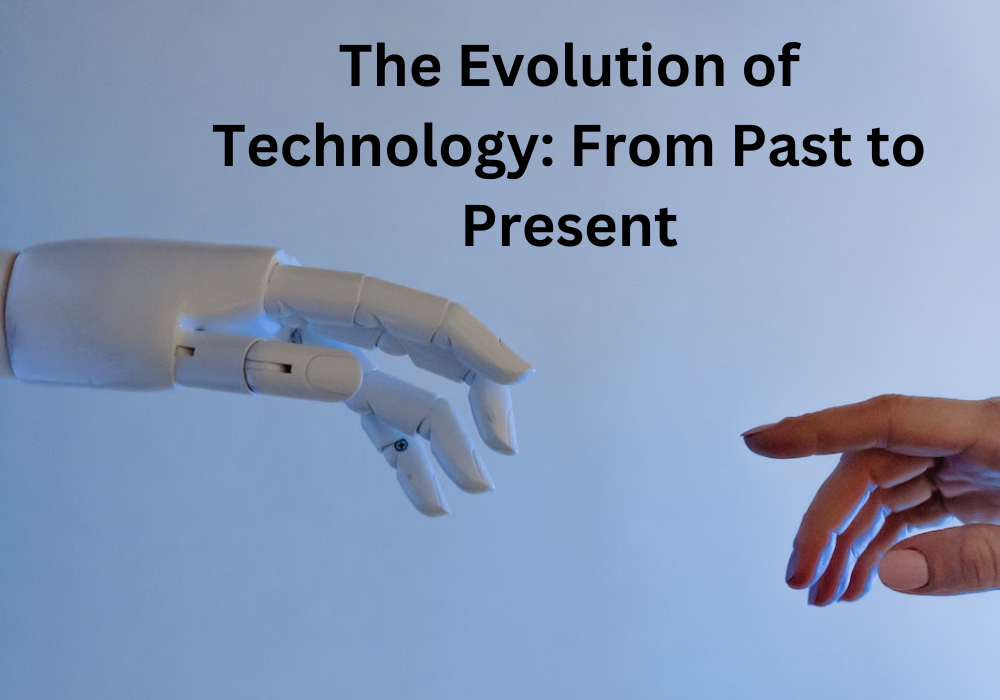The landscape of technology has undergone a dramatic transformation from the past to the present, marking a journey of innovation and discovery that has reshaped the way we live, work, and interact. The evolution of technology is not just a story of gadgets and software; it’s a narrative about how human ingenuity has continuously strived to push the boundaries of what’s possible. This article will explore the key differences between past and present technologies, focusing on various aspects such as communication, computing, transportation, and healthcare.
Communication: From Telegraphs to Instant Messaging
In the past, communication technologies were characterized by their limitations. The invention of the telegraph in the 19th century was revolutionary, enabling messages to be sent over long distances. However, these messages were limited in length and took considerable time to be delivered. Fast forward to the present, and the contrast couldn’t be more striking. Today, we have instant messaging, social media, and video conferencing that allow real-time communication across the globe. The advent of smartphones has put these capabilities in our pockets, making global connectivity an everyday reality.
Computing: From Room-Sized Machines to Handheld Devices
The evolution of computing technology is perhaps the most remarkable. Early computers like the ENIAC, developed in the 1940s, were massive machines that occupied entire rooms and required a significant amount of power and maintenance. These computers were primarily used for complex calculations and were not accessible to the general public. Today, computing power that dwarfs that of early computers is found in handheld devices like smartphones and tablets. These devices are not just tools for computation but are platforms for a multitude of applications, including entertainment, education, and personal productivity.
Transportation: From Horse-Drawn Carriages to Electric and Autonomous Vehicles
Transportation technology has also seen a significant evolution. In the past, horse-drawn carriages and steam-powered trains were the primary modes of long-distance travel. The invention of the internal combustion engine led to the development of cars and airplanes, dramatically reducing travel time. Presently, we are witnessing a new era in transportation with the advent of electric vehicles (EVs) and the development of autonomous driving technology. These innovations promise to make transportation more efficient, environmentally friendly, and safer.
Healthcare: From Traditional Remedies to Advanced Biomedical Technologies
The field of healthcare has undergone a profound transformation due to technological advancements. In the past, medical knowledge was limited, and treatments often involved traditional remedies with varying degrees of effectiveness. The 20th century brought about a revolution in medical technology, with the development of antibiotics, vaccines, and advanced surgical techniques. Today, we are in an era of personalized medicine, where treatments can be tailored to an individual’s genetic makeup. Technologies such as CRISPR for gene editing and AI for diagnostics are pushing the boundaries of what is possible in healthcare.
Home and Lifestyle: From Manual Tools to Smart Homes
The change in technology has also significantly impacted our homes and daily lives. In the past, household tasks were predominantly manual, from washing clothes to cooking. The introduction of appliances like washing machines, dishwashers, and microwaves in the 20th century began to change that, leading to more convenience and saved time. Today, the concept of smart homes, where various home functions can be controlled remotely or through AI assistants, is becoming a reality. These technologies offer not only convenience but also energy efficiency and enhanced security.
Education: From Textbooks to E-Learning
Education technology has seen a shift from traditional methods like textbooks and blackboards to digital and interactive learning. In the past, learning was confined to classrooms and libraries, with a heavy reliance on printed materials. The present scenario is drastically different, with e-learning platforms, virtual classrooms, and educational apps allowing students to learn anytime, anywhere. This digital transformation in education has made learning more accessible and personalized.
Challenges and Considerations
While the advancements in technology have brought numerous benefits, they also come with challenges. Issues such as digital divide, privacy concerns, cybersecurity, and the environmental impact of technology cannot be overlooked. As we continue to innovate, it is crucial to address these challenges to ensure that technology continues to be a force for positive change.
Conclusion
The journey from past to present technology is a testament to human creativity and perseverance. As we look back at the leaps we have made, it’s exciting to think about what the future holds. However, as we embrace these technological advancements, it’s equally important to be mindful of their implications and strive for a future where technology continues to improve lives in a sustainable and inclusive manner.

